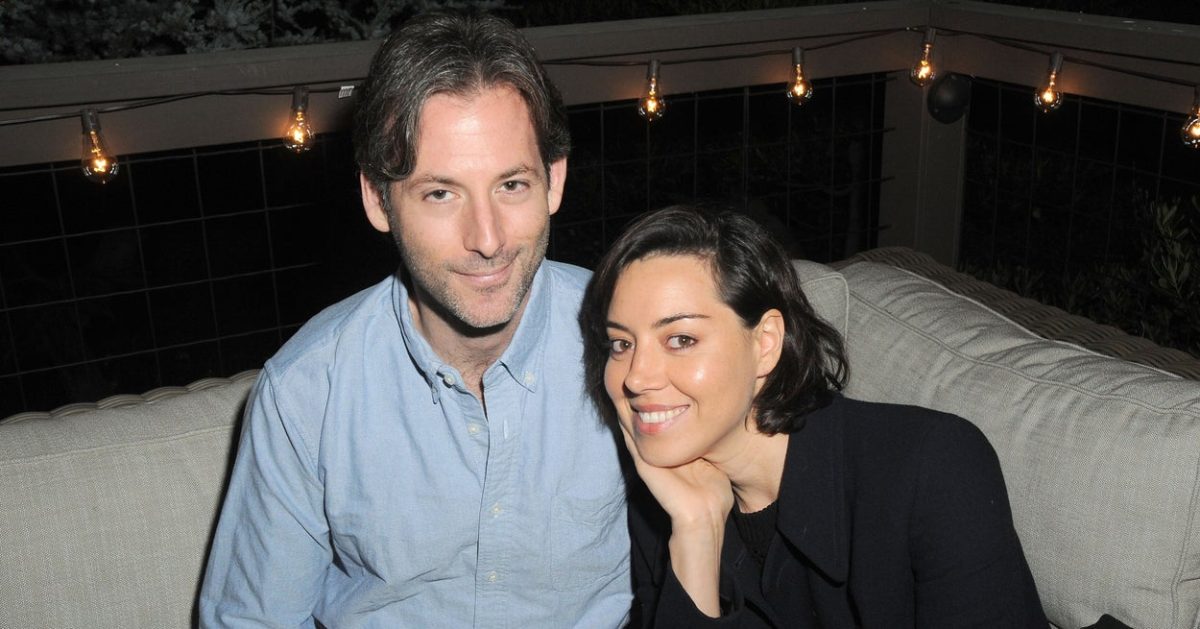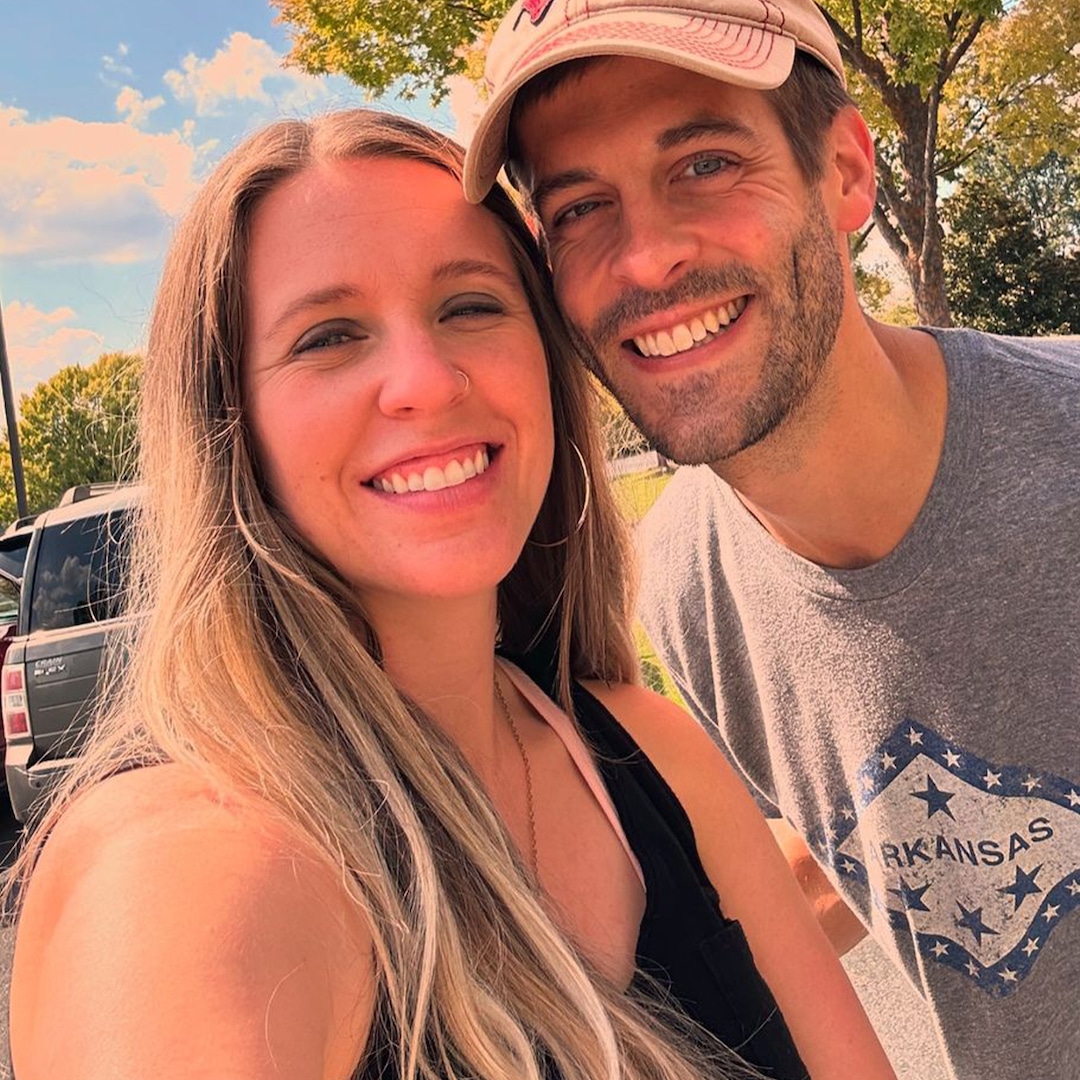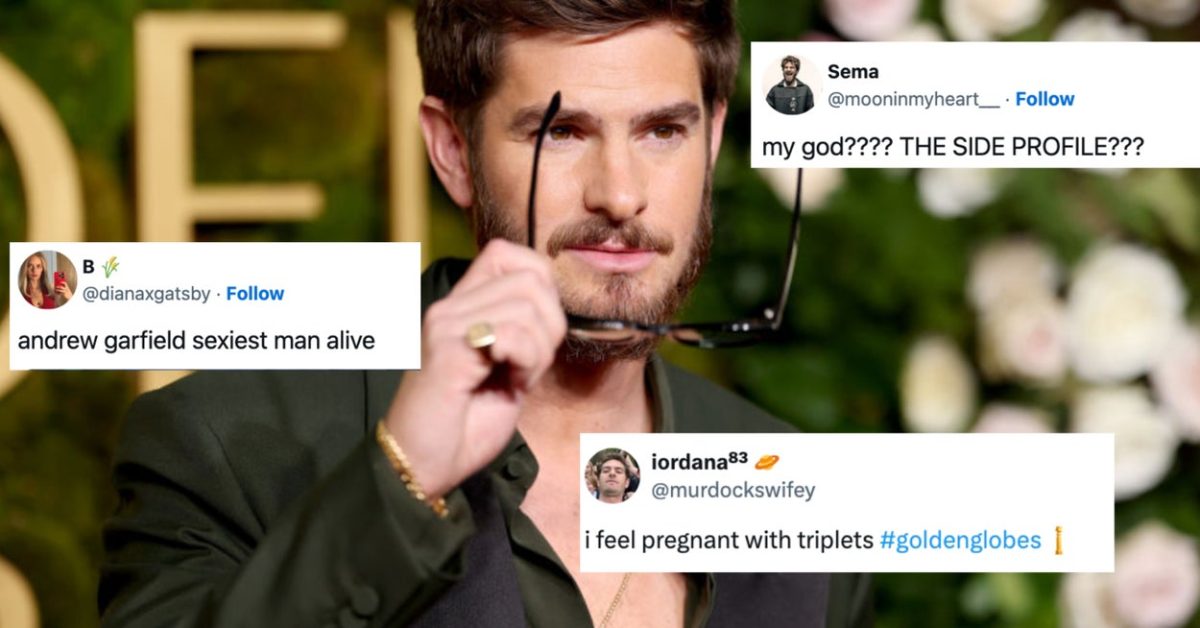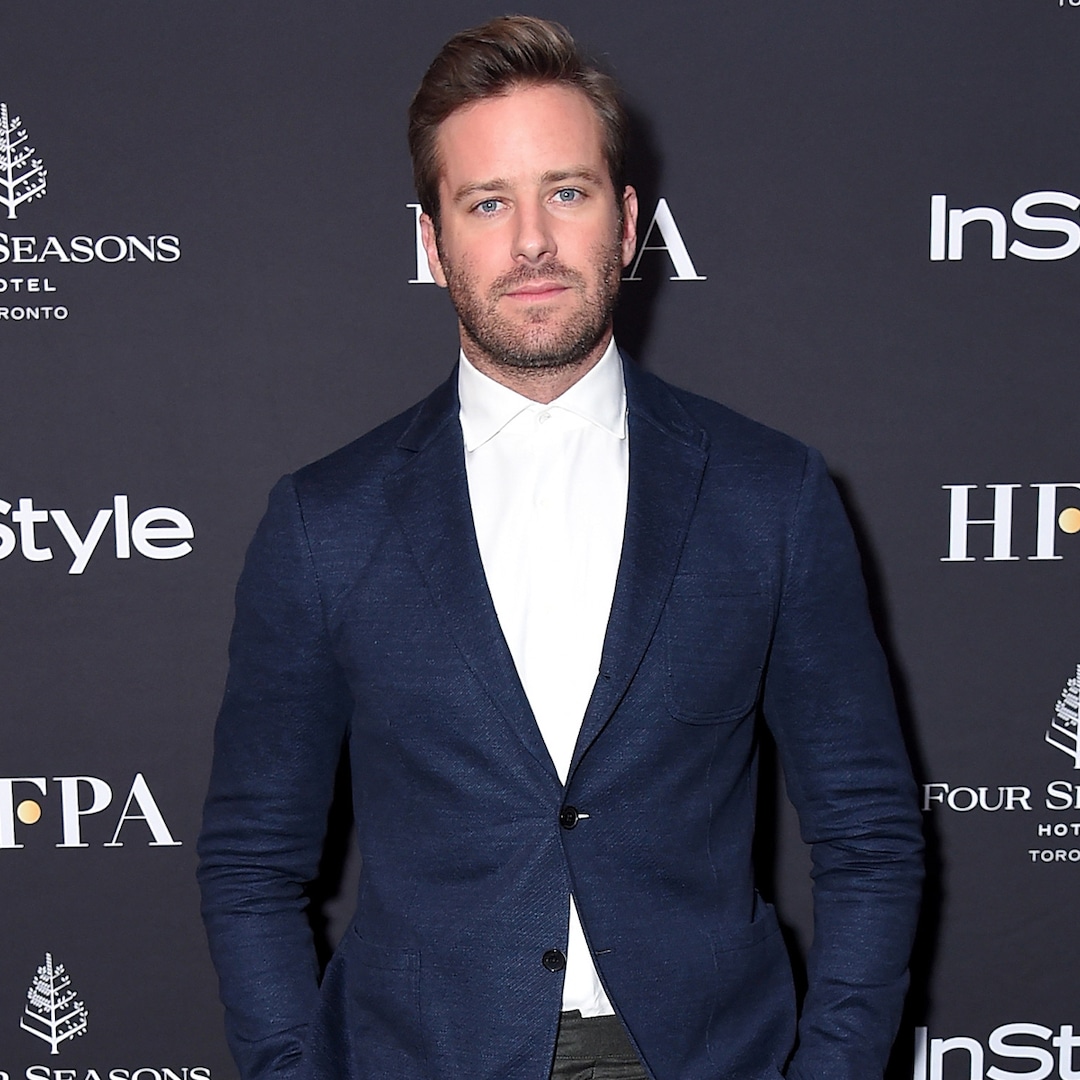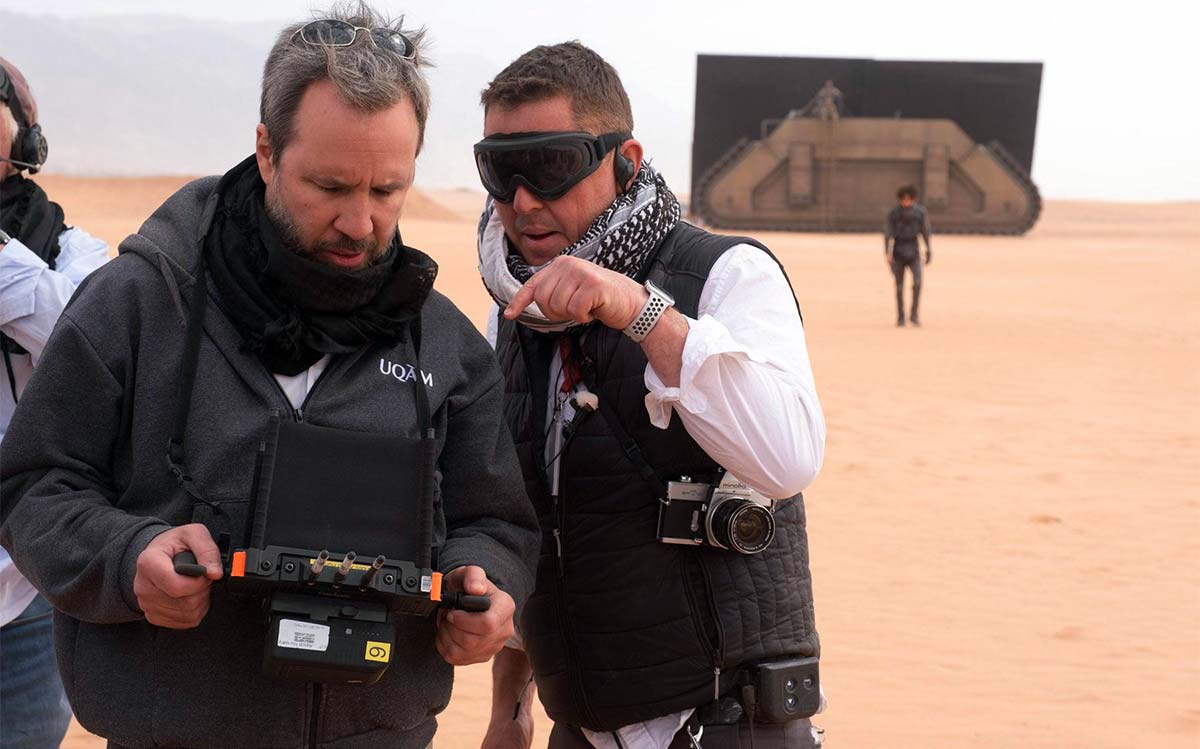
Part II’ Will Be “Amazing”
Mar 5, 2024
If we’re going to praise the visual rapture of Denis Villeneuve’s “Dune” movies—and we should—and in particular, the newly released “Dune: Part Two,” there’s no conversation that can happen without mention of Academy Award-winning cinematographer Greig Fraser, who won his first Oscar for “Dune” in 2022.
READ MORE: Denis Villeneuve Calls ‘Dune: Part Two’ A “Dark Tragedy,” Talks Potential ‘Messiah’ Sequel & More [Interview]
While “Dune: Part Two” is genuinely unanimously praised by critics (read our review here)—and this weekend, it grossed $178.5 million worldwide, and with $81 domestic, that’s the biggest opening since “Barbie”— it does have a small group of detractors. But you’d be hard-pressed to find critics with something negative to say about its visual grandeur and spectacular look.
“Dune” and “Dune: Part Two” look absolutely spectacular, and you’ll see no shortage of superlatives in all reviews of the film. Fraser’s dark, shadowy look in the “Dune” film is remarkable but also eclectic. “Dune” is also, at times, sun-kissed, scorched, intimate, and obviously also conveys great images of doom, gloom, and treachery.
Our review of “Dune” called it a “spectacular blockbuster epic in the grandest sense of the tradition,” and Fraser and his team of visual artists are directly responsible for helping Villeneuve achieve the film’s monumental sense of scale, warning, and awe. With “Dune: Part Two” cleaning up at the box office this past weekend, we spoke to Fraser on the eve of its release. We talked about all things “Dune” but also his work with The Volume and Lucasfilm’s “The Mandalorian,” a little bit about Matt Reeves’ “The Batman” and its upcoming sequel, and more. Our entire conversation is below, and for more “Dune,” check out our conversations with actress Rebecca Ferguson and the film’s director Denis Villeneuve.
I know you and all the directors you work with approach lighting in a complex way, emotionally, psychologically, and narratively beyond just aesthetically; tell me how you approached the lighting of “Dune: Part Two” differently than part one, because I assume, even if it’s subtle, it has to change a little.Yeah, exactly. Listen, you’re right; it must stand alongside ‘Part One.’ I think we felt that together: that this is a film that you could effectively watch back-to-back if that’s what you desired. It was important that the film didn’t seem like it was suddenly made by different filmmakers. We had to take what we learned from ‘Part One’ and then put it into Part Two.’ Now, the difference, though, is that we were now more deeply in Paul’s vision, within Paul’s journey, and, with the introduction of new characters, like mainly Chani (Zendaya), who— one could argue that Paul’s journey is often seen through Chani’s eyes. So, the mirroring of Chani and Paul’s journey together in this film allows us the ability to be so intimate with them, but then also allows for the grand landscapes to be kind of even bigger than in ‘Part One.’
It was important that we were able to be more intimate with these two characters particularly. So, it was important that we chose lenses and a shooting style that suited that.
We definitely introduced some big ideas in ‘Part One’ from a landscape perspective, but we needed to go bigger. We were seeing more of Arrakis than we’d ever seen. We’re seeing the south, how they get there through the worm riding and through storms, and we were telling a more grandiose story in ‘Part Two.’ So, we tried to remain similar, but then we tried to add elements of things maybe we hadn’t seen, like the way that film starts with the eclipse and seeing [the Harkonnen planet] Giedi Prime during the day. So, we tried to add those little hints and moments of contrast. Then also, the Emperor’s home world. We wanted that to have a completely different landscape. So it was, as you said, a very subtle change, but hopefully something that that helps the audience become more intimate with the characters.
You talked about character intimacy. How did you achieve that beyond say, close-ups.The quick answer is yes, you do more closeups, but also, we spend more time with them in a more emotional, intimate setting. There are a number of scenes with them in the stilltent, but also at sunrise after Paul’s initiation with the Fremen. We spent that morning with them. So we spend more time with them in a more of an intimate environment.
From a practical shooting perspective, we were able to mirror the film’s narrative with our shooting style. We were able to shoot really large set pieces during the day— Charney and Paul shooting in ornithopters, running away from the Fremen, in the daytime— and then we’d drive up to a peak for a dusk scene and do an intimate little emotional scene with them for like a week. And it was a really lovely experience because we mirrored the film going from big to small, and we took like five crew members up there. We just basically took a small independent film crew up to the mountain and a couple of actors. So “Dune” is so spectacular and so big, like you said, but like, it feels so tactile.
In some cases, you’re known for some pioneering work with The Volume, some of the things you did on the early episodes of “The Mandalorian” that defined the look of it, but also some of the really subtle things you guys did on “The Batman.” But “Dune” films feel more tactile and practical. Is that fair to say?It’s definitely fair to say. We definitely tried to imbue texture in almost every shot that we could. We tried to imbue that feeling of sandiness, that grit that occurs when you are in the desert. When you’re in the desert shooting, that’s what happens. Sand gets into everything. The actors have talked about the sand getting into every single part of their body. And that’s the reality: everything is covered with this, initially a thin layer of fine sand, and then it becomes more substantial. So we tried to make sure that the audience could see that, and perhaps at times, we probably went a little further than you ordinarily would just to make sure the camera reads it.
What’s the hardest part of pulling off these movies photographically? You have these striking black-and-white scenes, and then you have this really seamless integration of VFX with a tactile-looking world. What’s the most challenging part?I think the hardest part is keeping perspective on why you are there. Because sometimes the machine gets larger than the individuals. The machine of filmmaking gets larger, you’ve got an entire unit out in the middle of the desert, miles from anywhere, and part of the process that everyone talks about is, is keeping the machine fed, watered, and in the right place. But the reality is that no one sitting in that theater will think about the machine that goes into making a film like that, hopefully. So, our biggest job as filmmakers is to remove that from the audience’s perception and to really make sure that the audience feels intimate with either the characters that we’re with or fully engrossed in the scene that we’re doing.
Like the sandworm riding. Like hopefully no one was watching that scene is wondering how we were able to pull it off, because obviously the VFX comes into it in a big way, right? But we’re trying to shoot that in such a way that it’s believable and that it doesn’t jar the audience. And the effort that goes into that is massive. That scene took us months to film. Months and months and months. And there were times and days where we didn’t get that many shots done because we were striving for absolute perfection when it comes to all of Paul’s action on the sand worm. So, it’s those things that are the hardest because—maybe the simple way to explain it is not letting the tail wag the dog.
Yeah, I mean, to that end, I guess the best compliment I can give you is that the sand worm riding does feel so real, and visceral, even though we know it’s total fiction.That’s the magic trick, isn’t it? Is it about making sure that the line between real and fake is blurred so that the audience never has to think about it. The riding of the sandworms would be a great study of a scene because it’s very hard to find references of what a sand worm looks like. Particularly when you’re writing it. It’s described in the book, but reference-wise, cinemagraphically, you don’t have that. I found lots of references that could help tell that story. Like skiers skiing down a mountain with avalanches following them shot from a helicopter on a super long lens, or water skiing cameras in the back of the boat documenting the water skier glides on the water, or surfers riding massive waves then crashing through the waves after they wipe out.
All these little elements and elemental references really added up to help us go, “Ah, okay.” So when he’s sliding down the shadow side of the sandworm, it’s like he’s being wiped out in a wave, and then when he grabs, he finally comes up for air, and he’s got the air. It’s that feeling of drowning and then coming up for air, and what does that look like with sand? So, It was a big challenge to make that feel good and feel right. And it’s such an amazing group effort to get that made. A lot of people spend a lot of time on those scenes.
More from this interview on the second page.
Publisher: Source link
Aubrey Plaza Issues Statement After Jeff Baena’s Death
The 40-year-old star and Jeff’s family issued a statement to People on Monday, where they called their loss an “unimaginable tragedy.”The Los Angeles County coroner’s office previously determined that Jeff died by suicide in his LA home. He was 47…
Jan 10, 2025
Jill Duggar’s Husband Clarifies Where He Stands With Jim Bob Duggar
Jessa Duggar (m. Ben Seewald)Jim Bob and Michelle's fifth child, Jessa Duggar, was born Nov. 4, 1992. Jessa met Ben through church and he began courting her in 2013—the old-fashioned approach to romance coming as a brand-new notion to a lot…
Jan 10, 2025
The Internet Has Officially Lost It Over Andrew Garfield's Slutty Glasses
That man knew exactly what he was doing with those glasses.View Entire Post › Disclaimer: This story is auto-aggregated by a computer program and has not been created or edited by filmibee.Publisher: Source link
Jan 9, 2025
Armie Hammer Lands First Movie Role Since Cannibalism Allegations
Armie Hammer Cameos As “Kannibal Ken” in Music Video 4 Years After Cannibalism ClaimsArmie Hammer is heading back to the big screen. More than one year after the Los Angeles Police Department ended their lengthy investigation into the Call Me…
Jan 9, 2025








